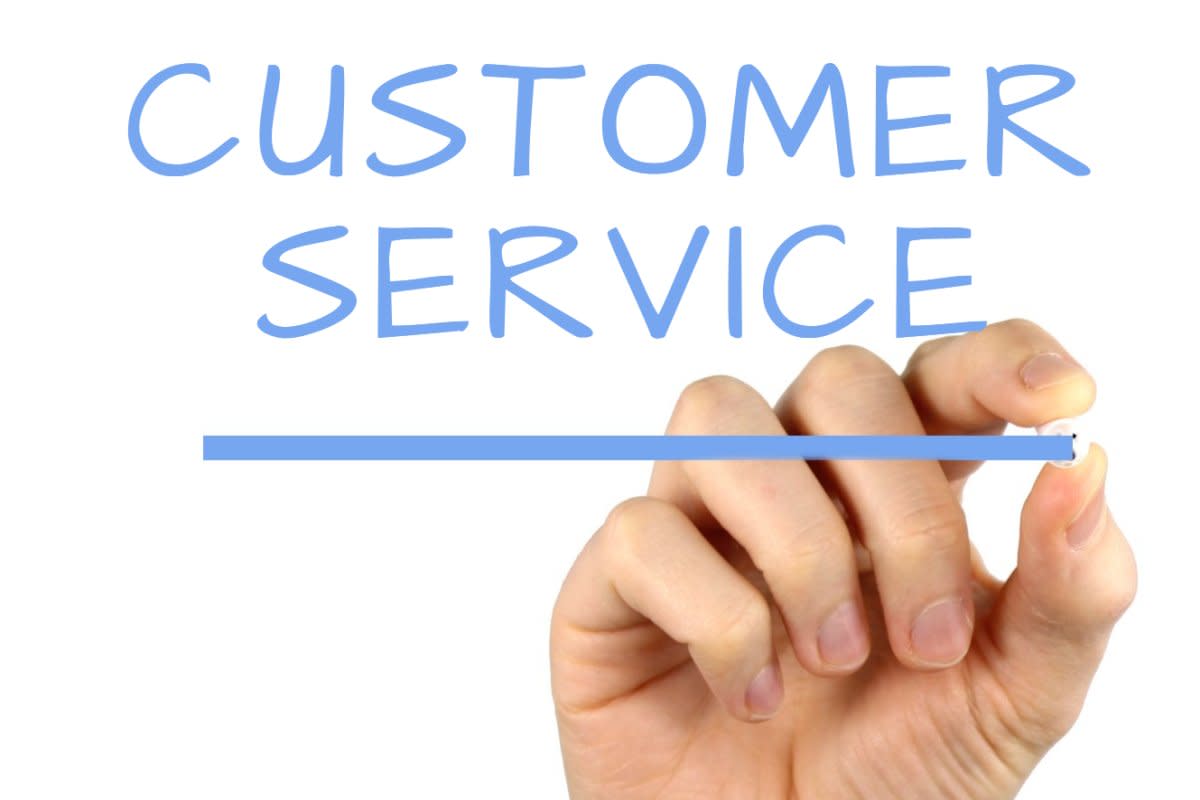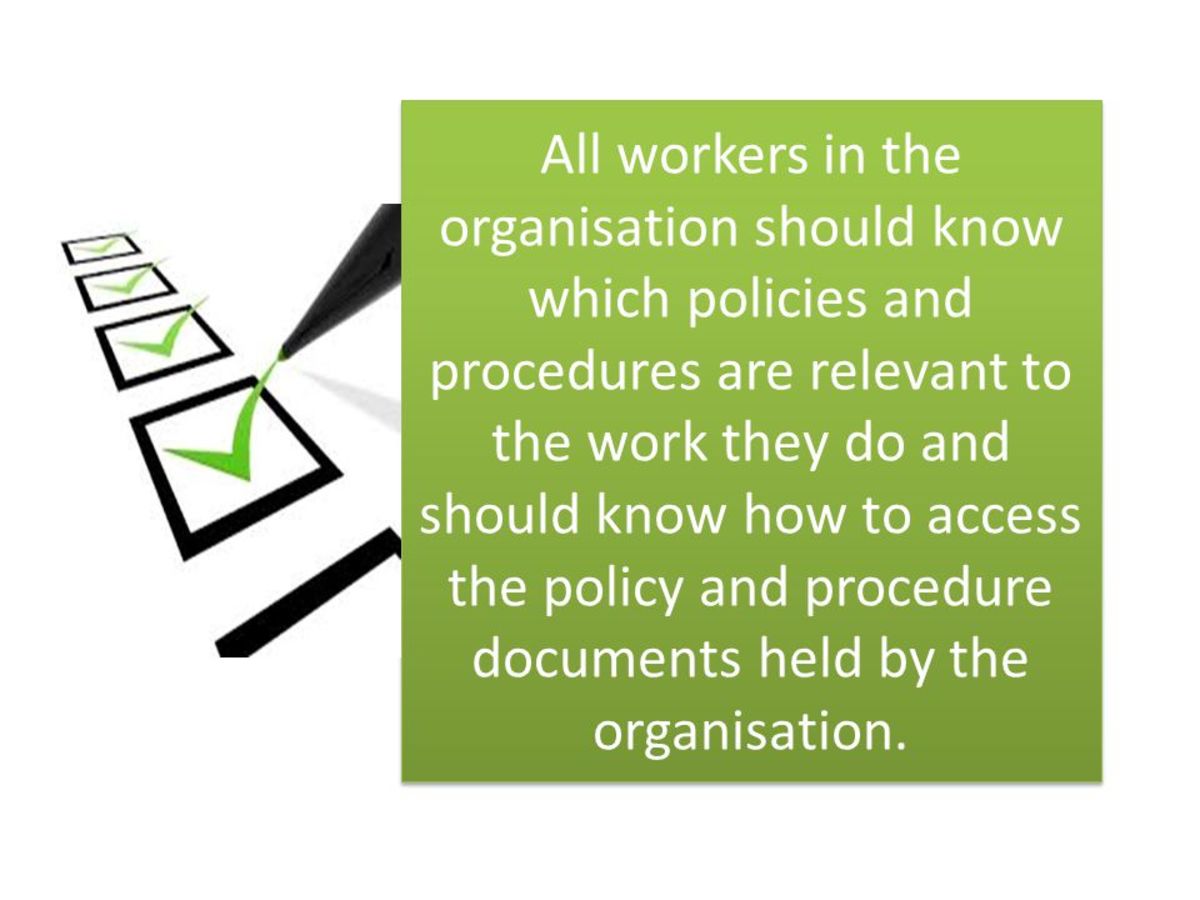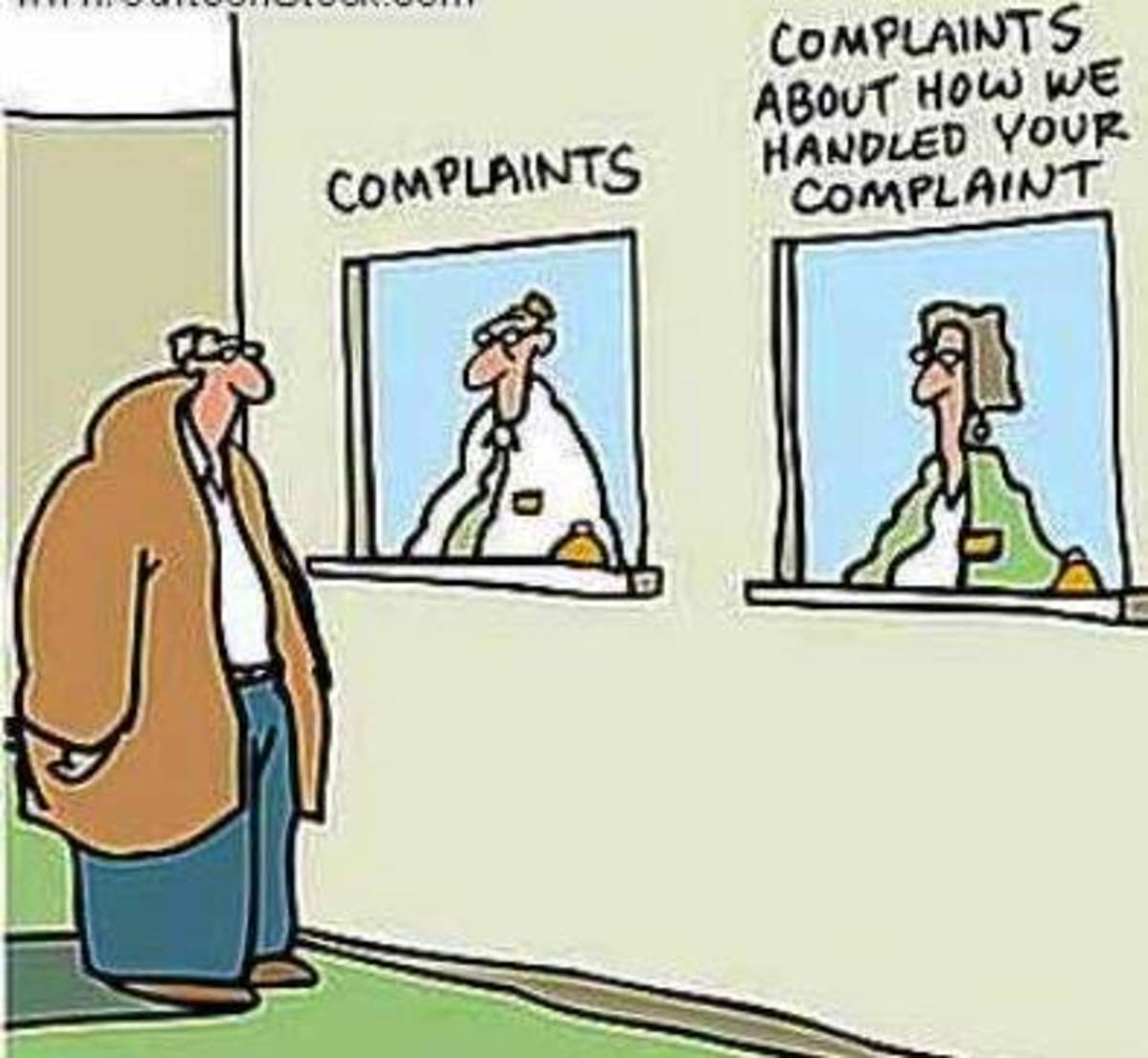Get That Job: Customer Service Second Line
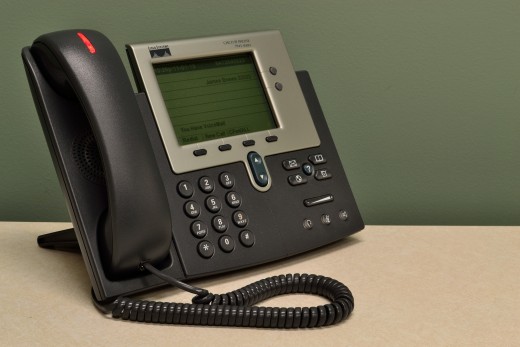
Introduction
Customer Service agents who perform well can get promoted to Second Line. In most companies this means a higher degree of skill, in some a measure of team leadership. But how do you become one?
Customer Service in a Nutshell
Customer Service operates efficiently by separating out requests, usually through a choice menu, to make sure that people with less experience get the easier and quicker calls, while more experienced agents get calls that take longer or require more knowledge and tact.
Note that Customer Service is usually performed by a third party Callcenter in name of the Customer. This means that when you call Customer Service, you are not the customer but a caller or contact. For the purposes of this hub, this is important because part of the responsibilities of Second Line is balancing customer needs with the needs of callers.
First-line agents are the less experienced agents, who usually receive the bulk of the inbound calls. They usually operate with a phone script displayed on a monitor, and as the call progresses will record who calls them, what their issues are and how they are trying to help the caller. This is known as logging a call, and is important to make sure that if they call again at some time, the next person on the phone will know if they've had issues before, and what was already done by the agents.
The second-line agents are the more experienced people in the team, and will receive calls that are more complicated, require more understanding of the customer's business or require more autonomous decision making ability on their part. For example, decisions that have potential financial or legal consequences, such as deciding on refunds or ending a contract.
When a first-line agent cannot solve a problem or does not have the authority to do so, they can transfer the call from first to second line.
Remember!
To a Callcenter, who employs Customer Service Agents, the Customer is the person who pays them; the Contact is the person who makes the call to Customer Service.

Targets and Customer Satisfaction
Often a Call Center will have targets to maximize the support they can give to their customers, but also to prevent a tricky problem from entangling an Agent for a long time, which leads to higher queues.
There will often be Team Targets, based on SLAs (Service Level Agreements) which are based on the whole team's performance and have been agreed contractually with the Customer. There are also be individual targets, which are supporting the SLAs and which are contractually agreed with you, as employee.
Example Target Metrics
Target
| Team/Individual
|
|---|---|
% Resolved cases on first contact (usually 90%+)
| Team + Individual
|
% Abandoned Calls
| Team
|
% Customer Satisfaction Rating
| Team + Individual
|
Maximum Call Duration
| Individual
|
Maximum Time in Queue
| Team
|
Maximum Time between Calls
| Individual
|
Call to Idle Ratio
| Team + Individual
|
% Correct Call Logging
| Team + Individual
|
Time on Break
| Individual
|
Second Line as Experienced Agents
Second Line agents are more experienced that First Line agents, so one of the primary requirements for promotion are in-depth knowledge of the processes involved in support, social (soft) skills in dealing with people, and a proven ability to solve complex problems and balance the needs of customers and people calling.
Most of the proof of expertise in your promotion will come from performance reviews of your team leaders and existing Second Liners, your target metrics and (if appropriate) proven ability to up-sell or cross-sell.
You need to have adequate knowledge of being coached in order to be able to coach others in turn. The same goes for your soft skills; being able to recognize a callers underlying issues, being able to ask the right information and being helpful and convincing are traits to be developed over a longer period of time.
The time you will need to spend in Customer Service before becoming eligible as Second Line varies based on how many job openings there are and the complexity of the work. On average you can expect to spend 1-2 years in Customer Service before your application would be taken seriously. In complex and competitive environments this might be 3-5 years.
Second Line as Team Leaders
The most important non-agent skills for Second Liners are coaching, performance management and information management.
Coaching: You will need to be able to give honest feedback about other agents' social skills and handling callers, including potential issues with angry customers or spending too much time trying to find out how issues can be solved.
Performance Management: In most Call Centers, the statistics of the team are on display, and should the scores dip into yellow (or red!), meaning that the team is falling behind in answering calls, the Second Line should encourage them to work faster while picking up the slack as well. This also includes pointing out unprofessional behavior such as taking breaks without notice, hanging up on callers or eating and drinking while on the phone.
Information Management: Second Line will often be responsible for collecting and distributing Q&As, hot issues and weekly summaries of often occurring problems and new information from the customer. This can include special promotions, the ending of promotions or workarounds for problems, or changes in the team's targets.
Example Second Line Duties
Duty
| Complexity
|
|---|---|
High quality call logging
| Low
|
Solving complex issues
| Low to Medium
|
Mandated Decisions
| Low to Medium
|
Call Logging and Analysis
| Medium
|
Call Coaching
| Medium
|
Testing and Implementation
| Medium
|
New Agent Instruction
| Medium
|
Design Instruction Materials
| Medium to High
|
Performance Management
| Medium to High
|
Call Coaching
An important part of performance management in Call Centers, call coaching involves analyzing the contents of random phone calls. This is often prefaced to callers by a message "this call can be recorded for training purposes", which means that it can be chosen at random to be listened to by Second Line.
When this happens, they judge how the agent handled the call, solved the problem, and their attitude. Should they hear things that need improvement, or even not allowed, they will give feedback to the agent.
In many cases this means written or verbal feedback, but it can also mean more extensive coaching, when Second Line takes some time to sit next with the agent, listening in on the call and giving feedback after each call. This is usually done to resolve glaring issues, ranging from blackouts on procedures to stuttering and confidence issues.
The object is not to berate or belittle the agent, but to improve their skills by using your experience built up over years of customers service. It is important to stay calm and remain open for feedback yourself. No one wants a Second Line that scares them!
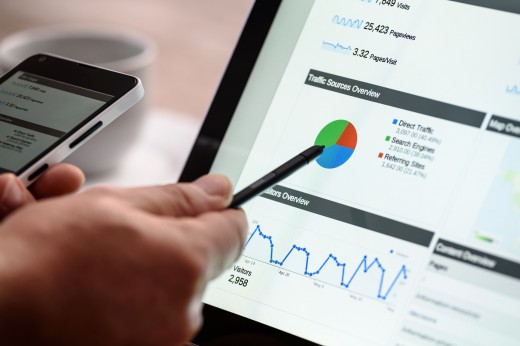
Increasing your Promotion Chance
Qualities
|
|---|
Be on time, hardworking and willing to work late or oddly-houred shifts
|
Be quick to learn and research the customer's business, to be able to improve processes
|
Coach other 1st-line Agents to show you have that capability
|
Restructure or summarize training materials to show insight and provide low-threshold reminders to others
|
Act as a tester for newly implemented technologies
|
Remain calm and high-spirited with callers, use your call time efficiently
|
Be good at receiving feedback from superiors, but also courageous enough to give feedback where it matters
|
Be sensible and professional on social media, even outside business hours and platforms
|
Empathize with callers, but understand and respect the interests of the customer
|
Achieve high customer and caller satisfaction
|
Career Opportunities for Second Line
For Second Line, there are many roads open for further careers. When remaining inside the domain of Customer Service options include becoming a Team Leader in a call center, which is a direct line of promotion from Second Line.
Another option is to become a Service Delivery Manager (SDM), which is a step up from the Team Leader. They are often employed by large Call Centers or Service Providers to manage a particular account's targets, teams and commercial initiatives. In this role you will not just be responsible for reaching these targets, but also to negotiate them with the customer and meet with them to discuss performance. If performance targets are not met, you are the one to explain this to the customer and come with improvement plans.
If you choose to focus on the personnel aspects, you could grow into any management or team lead function, given coaching and training, even if it is not in a Call Center. You can also decide, based on your experiences here, to pursue a degree in Management, HR or Business which will define your future career from here.
© 2018 Jaldert Maat


